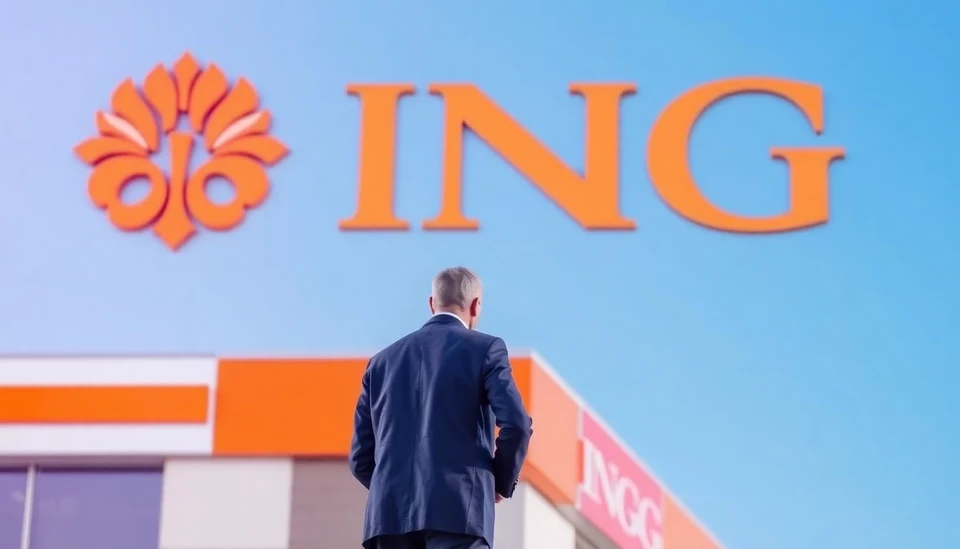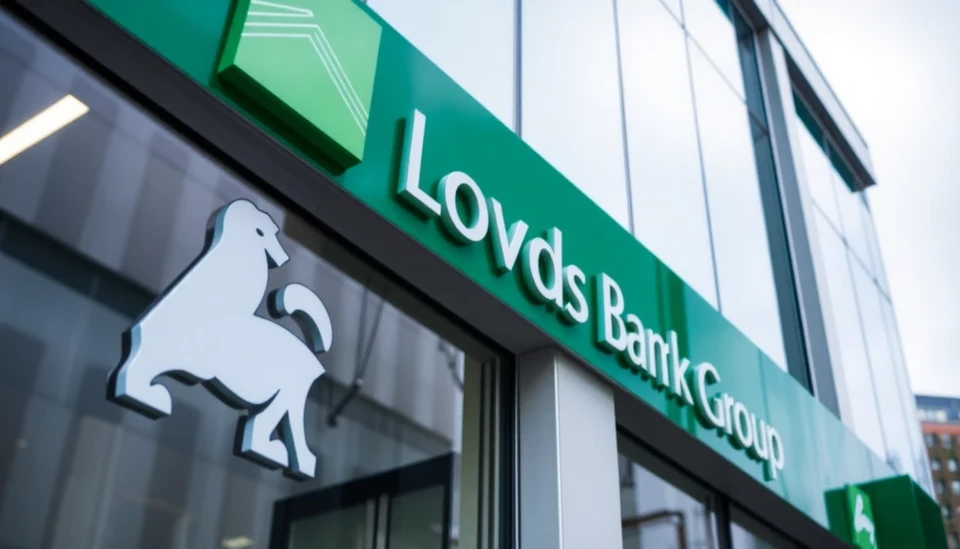
In a recent financial report, ING Group revealed disappointing earnings that fell short of analysts’ expectations, primarily driven by a notable decrease in lending income and an uptick in operational costs. This development has raised concerns about the bank's ability to maintain growth amid a challenging economic landscape.
For the fourth quarter of 2024, ING reported a net profit of €1.27 billion, a figure that, while substantial, was significantly below the forecast of €1.42 billion set by financial analysts. This shortfall has prompted market analysts to reassess their outlook on the bank's future performance as various underlying factors contributed to the weak results.
One of the key issues affecting ING's profitability was a decline in income generated from lending activities. The bank's lending income decreased, reflecting broader trends in the financial sector where competition has intensified and growth prospects have become increasingly uncertain. The reduced margins from loans are a direct consequence of lower interest rates and a sluggish demand for credit, ultimately squeezing the bank's revenue streams.
Despite the challenges in lending income, ING has also been grappling with rising operational costs. The bank indicated an increase in expenses related to compliance and regulatory pressures, which have exerted additional strain on its profitability. As financial institutions face evolving regulatory landscapes, maintaining cost efficiency has emerged as a significant hurdle, and ING is no exception to this trend.
Moreover, the impact of inflation on operational expenses has further complicated ING's financial outlook. The escalation in costs linked to wages, technology investments, and other general administrative services has contributed to the overall increase in expenditures, further narrowing the profit margins.
In light of these challenging economic conditions, ING has been forced to recalibrate its growth strategies. The bank expressed its commitment to enhancing its efficiency and managing costs more effectively, while also seeking to diversify its revenue sources to mitigate the risks associated with declining lending income.
Looking ahead, analysts are keen to observe how ING adapts to this evolving landscape. While the immediate outlook remains cautious, there are discussions surrounding potential recovery trajectories if the economic environment stabilizes and lending demand picks up. However, the bank’s ability to navigate these challenges effectively will be paramount in determining its future success.
Overall, ING's latest financial results paint a picture of a bank in transition, navigating through the complexities of a dynamic economic climate. Stakeholders will be closely monitoring the institution's strategic responses to these unfolding challenges as the financial year progresses.
#INGGroup #Finance #Banking #LendingIncome #FinancialReport #Earnings #RegulatoryChallenges #Profitability
Author: Victoria Adams


